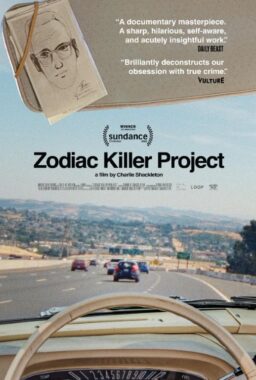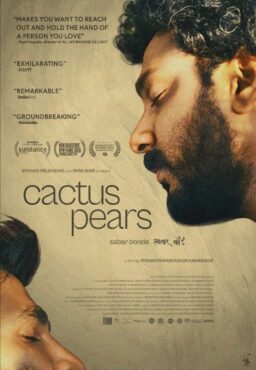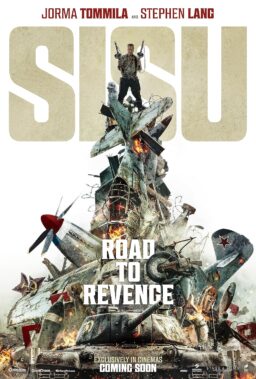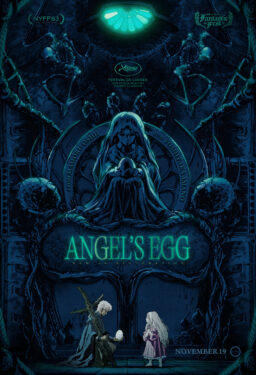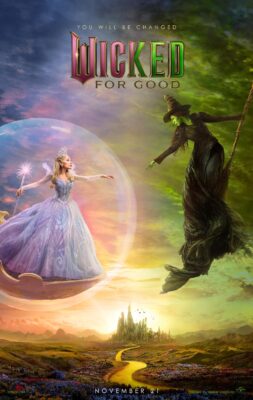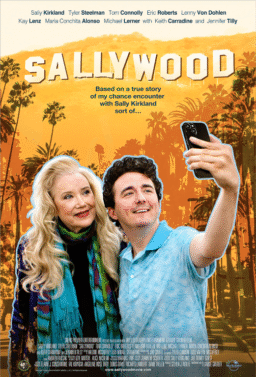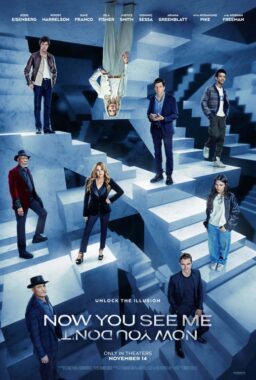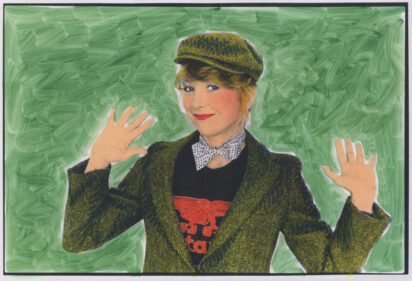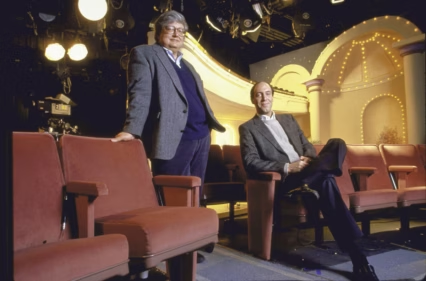You shall know the true crime documentary by its tropes: close-ups of shell casings falling, a voiceover opining about life in a small town, super-8 home movie footage, camera-ready detectives. At some point, someone will say, “There was blood everywhere.” We are in a true crime boom (more likely, the tail-end of said boom). Streaming platforms need “content,” and true crime does really well. But the cracks are starting to show, especially to people who watch a lot of true crime. Things are getting a little stale. Series like 48 Hours and Dateline set the template, and it’s getting to the point where the format is interchangeable.
Charlie Shackleton’s “The Zodiac Killer Project” is a commentary about true crime documentaries, but it’s also about his thwarted desire to adapt the 2012 book The Zodiac Killer Cover-Up: The Silenced Badge by retired California police officer Lyndon E Lafferty. The Lafferty family gave Shackleton the go-ahead (or so he thought), and he began pre-production, financing much of it himself. When the Laffertys withdrew their support, Shackleton was left with a pile of research, many ideas, and no movie. He made “The Zodiac Killer Project,” instead, a film about not being able to make a movie, showing what he would have done had he been able to actually do it.
For some, this may be too meta to endure, particularly since Shackleton’s plans involved using familiar true crime tropes. He wasn’t trying to “Thin Blue Line” anything. He wanted to fit into the pre-ordained format. He tells us all this in voiceover (we don’t actually see him until halfway through), and his tone is engaging in a really interesting way. There’s a wry twist, almost a mischievous attitude, as he lays out what he wanted to do and why. It’s nearly like he was making fun of the format while submitting to it. (One can understand why the Laffertys might have hesitated when faced with this tone).
The unsolved Zodiac Killer case is almost tangential to Shackleton’s project plans. This may be because Lyndon Lafferty was a side show to the main event, barely a player. However, he insinuated himself into the conversation to such a degree that Robert Graysmith addressed it (and dismissed it) in his definitive 1986 book on the case. Lafferty was a patrol cop who was 100% sure he knew the identity of the Zodiac killer, after having an intense staring contest with some guy at a rest area who looked like the one police sketch available. Lafferty’s “evidence” was slim to the point of being totally delusional. He could not get his police department to back him up and, in fact, was told to lay off his “suspect”. Lafferty then went rogue, doing his own “investigation,” basically stalking this guy for decades, even getting one of his friends–a priest, no less–to infiltrate the “suspect”’s AA meeting.
It’s all so “out there,” and Shackleton was drawn in by Lafferty’s dramatic tone. Even the title is self-dramatizing (“the silenced badge”: you’re writing a book, how have you been silenced?). Shackleton uses this opportunity to show us what he’s filmed so far: long, stationary shots of rest areas, intersections, and a creepy house in the woods, which he informs us isn’t actually the suspect’s house (but it might as well be). He also analyzes the expected true crime format and the way its tropes function. You can’t unsee the “evocative B-roll” concept once Shackleton points it out. He does side-by-side comparisons of “evocative B-roll” shots–sunlight through trees, grainy home movies, cassette tapes, a shadowy figure walking away from the camera–lifted from recent true crime docuseries (“Making of a Murderer,” “The Jinx,” “Don’t F**k With Cats”). They are the exact same shots.
As interesting as all of this is, “The Zodiac Killer Project” feels like it could have been made by any number of thoughtful YouTube commentators who use their channels to deconstruct film and literary tropes. These people come with receipts! There is much to be said about the true crime boom from a sociological standpoint, and people wear themselves out trying to understand the “morbid curiosity” of true crime “fans”. Shackleton isn’t interested in those things (which tend towards the earth-shatteringly boring). His interest is in how stories are told, how to play around with shots and sequence to craft a narrative–even a narrative as full of hot air nothingness as Lafferty’s.
The film Shackleton wanted to make clearly wasn’t a passion project coming from his deepest soul. It’s not like he’s Orson Welles yearning for the unfairly butchered “Magnificent Ambersons.” “The Zodiac Killer Project” is fairly thin in both conception and execution, but it is very much “my kind of thing,” particularly his dry, humorous tone. He makes a good and entertaining guide.






